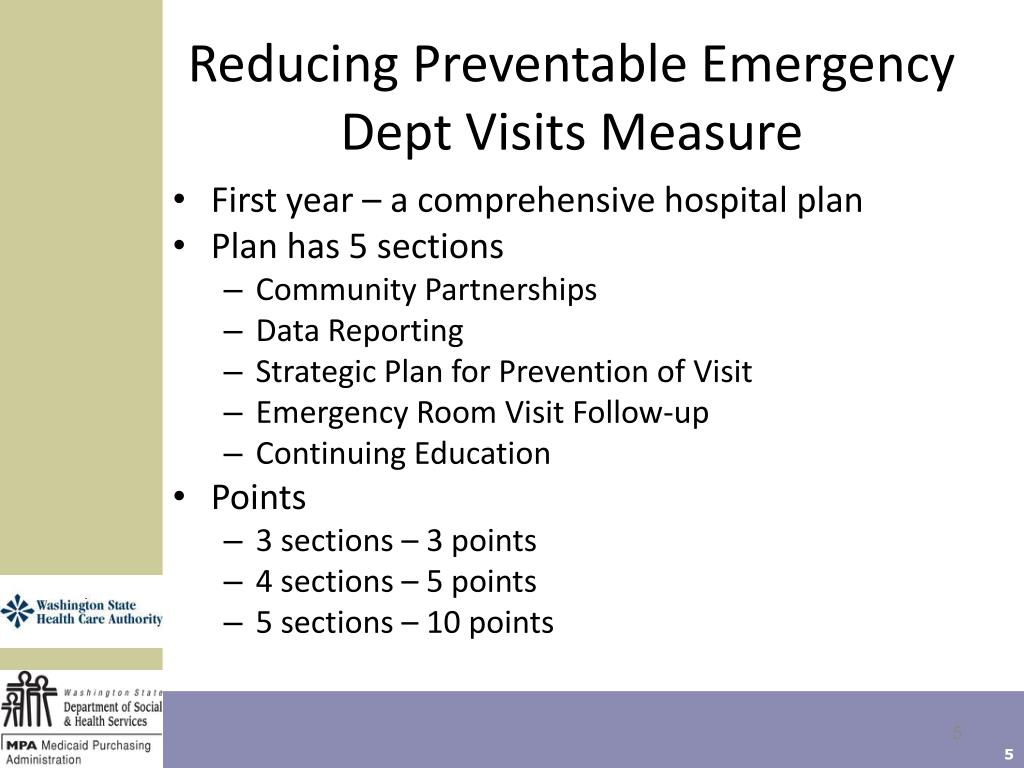

If your admission status gets changed from outpatient to inpatient, you will not be responsible for the charges related to the emergency room visit. The first 60 days are completely covered by Medicare. After you’ve met your deductible, your coinsurance amount will depend on how many days you’ve been in the hospital. A benefit period begins on the first day of your inpatient admission and ends when you’ve been hospital-free for 60 consecutive days. Unlike Part B, this is not an annual deductible but, rather, applies to every benefit period. As we mentioned, the current deductible is $1,556. If you’re admitted as an inpatient, that’s when Medicare Part A kicks in. In most cases, this occurs when the doctor believes you’ll need at least two nights of hospital care. You only become an inpatient when a doctor writes an order and formally admits you to the hospital. Generally, the sum of these charges won’t exceed the Part A deductible, which is $1,556 this year. You may be charged for the visit, for x-rays, or for lab tests. Once you meet that deductible, you’ll pay about 20% in coinsurance amounts. This will be your first expense during an emergency room visit unless you’ve already paid it for the year. Currently (2022), the Part B deductible is $233 per year. Part B has two costs associated with it: a deductible and coinsurance. If you have an outpatient status, your coverage falls under Medicare Part B. You may even stay overnight at the hospital and still be considered an outpatient in some cases. If you walk into the emergency department, or if you’re transported by ambulance, you’re considered an outpatient, at least at first. The coverage you have during an emergency room visit will depend on how you’re admitted. Part A serves as your hospital or inpatient insurance, while Part B is your medical or outpatient insurance. Original Medicare consists of two parts: Part A and Part B. Original Medicare and Emergency Room Visits Today, we’re going to review a few different situations so you can be better prepared for emergency room copays. Medicare offers coverage for emergency room visits, but your cost-sharing responsibility will depend on several factors: your admission status, recommended treatment, and what kind of Medicare plan you’re enrolled in.

Call your drug plan for more information. You’ll likely need to pay out-of-pocket for these drugs and submit a claim to your drug plan for a refund. If you have Medicare prescription drug coverage (Part D), these drugs may be covered under certain circumstances. Certain drugs and biologicals you wouldn’t usually give yourself that you get as part of your service or procedure (like certain injectable drugs). Generally, Part B doesn't cover prescription and over-the-counter drugs you get in an outpatient setting, sometimes called “self-administered drugs." Also, for safety reasons, many hospitals have policies that don’t allow patients to bring prescription or other drugs from home.Medical supplies, like splints and casts.X-rays and other radiology services billed by the hospital.

Mental health care in a partial hospitalization program, if a doctor certifies that inpatient treatment would be required without it.Laboratory tests billed by the hospital.Emergency or observation services, which may include an overnight stay in the hospital or services in an outpatient clinic (including same-day surgery).Covered outpatient hospital services may include: Covers many diagnostic and treatment services you get as an outpatient from a Medicare-participating hospital.


 0 kommentar(er)
0 kommentar(er)
